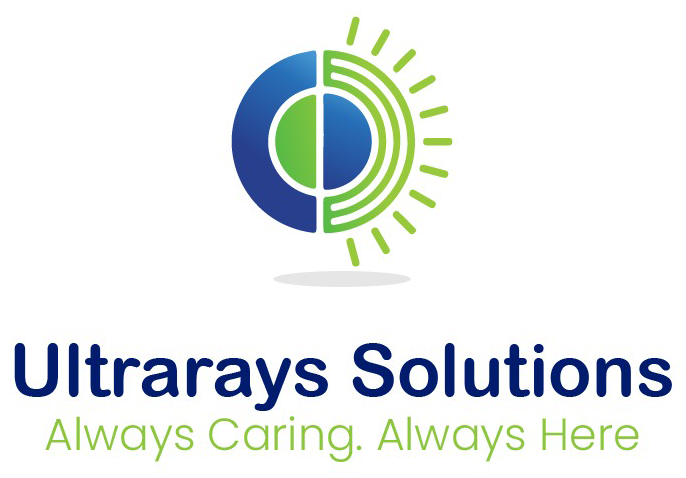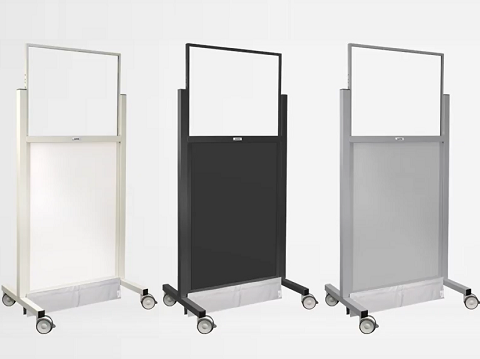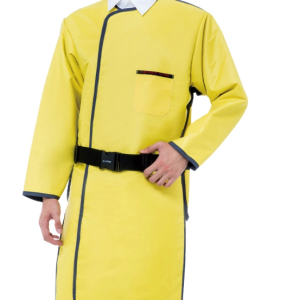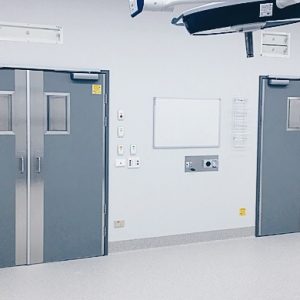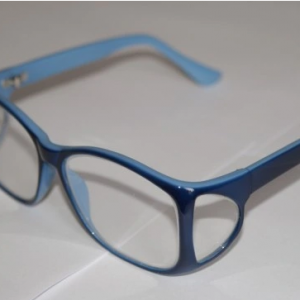A lead protection screen, is a protective barrier made of lead or lead-equivalent material that is used in various medical and industrial settings to shield individuals from ionizing radiation. Lead is highly effective at attenuating or absorbing radiation, making it an ideal material for radiation protection.
Lead protection screens are commonly used in medical facilities, such as hospitals and dental clinics, during diagnostic imaging procedures like X-rays, computed tomography (CT) scans, and fluoroscopy. They are typically worn by patients, doctors, nurses, and technicians to reduce their exposure to radiation and protect sensitive organs and tissues from potential harm.
Lead aprons are also utilized in certain industrial applications where radiation sources are present, such as nuclear power plants, radiography laboratories, and industrial testing facilities. Workers who handle radioactive materials or operate radiation-emitting equipment may wear lead protection screens as part of their personal protective equipment (PPE).
It’s important to note that lead protection screens should be properly designed, regularly inspected, and correctly used to ensure their effectiveness. They come in various styles and sizes, including full-body aprons, half-aprons, and thyroid collars, depending on the specific application and the area of the body that needs protection.
In recent years, there have been advancements in radiation protection technology, and alternative materials to lead, such as lightweight composite materials with similar radiation attenuation properties, have been developed. These materials offer comparable shielding capabilities while reducing the weight and bulkiness associated with traditional lead shields.
It’s always best to consult with a qualified radiation safety professional or medical expert who can provide guidance on the appropriate use of lead protection screens and other radiation safety measures based on the specific circumstances and requirements.
